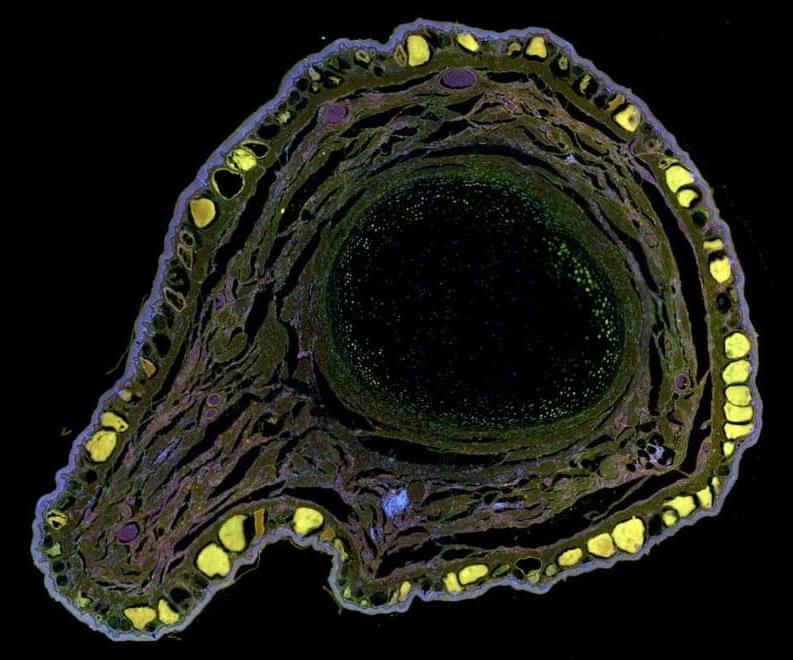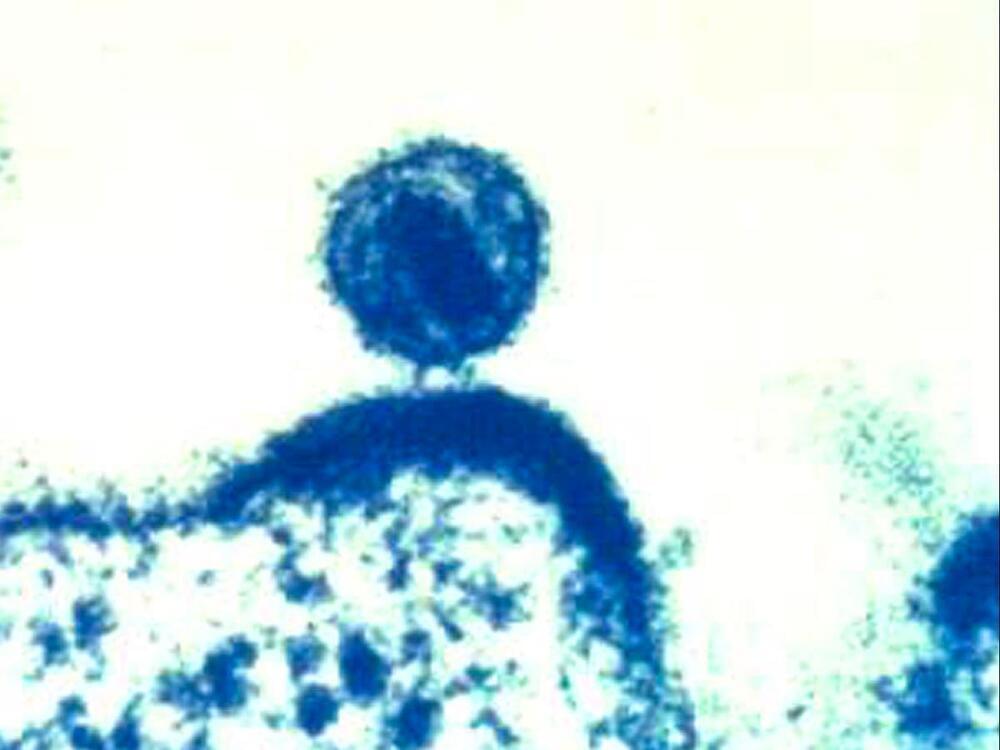You’re not bad at math. Like pearls before swine, your beautiful brain is just far too complex for such basic things. property= description.
https://youtube.com/watch?v=XbNqvNe2Bic&feature=share
👉For business inquiries: [email protected].
✅ Instagram: https://www.instagram.com/pro_robots.
You are on the PRO Robots channel and today we will try to answer the question what is the most powerful and technologically advanced military uniform in the world? To do this, let’s look at the most high-tech outfits of the armies of the world and what they should make the soldiers of the future. And let’s also take a look at what other future technologies are being developed for armies and soldiers around the world. Watch the video to the end and write in the comments, which army’s equipment impressed you the most?
In this video:
00:00 intro.
00:29 Future Combat Systems.
1:05 Ratnik 3
2:10 Future Integrated Soldier Technology.
2:59 FELIN
3:42 IdZ-ES
4:27 FLIR Black Hornet III
4:55 D-14 “Shelest“
5:28 Integrated Visual Augmentation System.
5:52 ENVG-B
6:27 Jetpacks and Flying Hoverboards.
#prorobots #robots #robot #futuretechnologies #robotics.
More interesting and useful content:
✅ Elon Musk Innovation https://www.youtube.com/playlist?list=PLcyYMmVvkTuQ-8LO6CwGWbSCpWI2jJqCQ
✅Future Technologies Reviews https://www.youtube.com/playlist?list=PLcyYMmVvkTuTgL98RdT8-z-9a2CGeoBQF
✅ Technology news.
https://www.facebook.com/PRO.Robots.Info.
#prorobots #technology #roboticsnews.
Adult frogs can’t usually regrow a lost leg, but they can after treatment with a regenerative cocktail — and the new leg even contains functioning nerves.
Adult frogs can gain the ability to regrow a lost leg if they are treated with a device containing a silk gel infused with five regenerative chemicals. The limbs the frogs grow can apparently move and sense as well as the original legs.
Although tadpoles and young froglets can regenerate hindlimbs, adult frogs, like humans, lack the capacity to regrow their legs.
“We were [looking for] a way to kickstart regeneration in an organism that normally can’t regenerate a limb,” says Nirosha Murugan at Algoma University in Ontario, Canada.
A patient with leukaemia in the US has become the first woman to be cured of HIV after receiving a stem cell transplant aje.io/nkfvf8
The new approach may make the treatment available to more people without the need for antiretroviral therapy.
JPMorgan has entered the Metaverse, after opening a lounge in the popular blockchain-based world Decentraland and releasing a new report outlining the Metaverse as a $1 trillion market opportunity.
Space tourism company Virgin Galactic announced Tuesday that it will open ticket sales to the public for the first time on Wednesday, requiring a $150,000 deposit.
Virgin Galactic ticket prices start at $450,000 each, as the company revealed last year, with three different sales offerings: a single seat purchase, packaged seats for couples, friends or family, or opportunities to book entire flights. The company has said previously that — of the $150,000 deposit — $25,000 is not refundable.
Shares of Virgin Galactic jumped 32% in trading to close at $10.74. The stock has been battered over the past 12 months, dropping 80%, with the company having delayed the beginning of commercial spaceflights to late this year.
‘The fact that she’s mixed race, and that she’s a woman, that is really important scientifically and really important in terms of the community impact,’ doctor says.
The new findings were presented on Tuesday at the Conference on Retroviruses and Opportunistic Infections in Denver, Colorado.
University of California, San Francisco AIDS expert Dr Steven Deeks said that “the fact that she’s mixed race, and that she’s a woman, that is really important scientifically and really important in terms of the community impact,” The New York Times reported.
Women account for the majority of global HIV cases but only make up 11 per cent of participants in cure trials. The disease is thought to develop differently in men and women.
Texas is suing Facebook’s parent company, Meta (FB (FBK) ), over allegations the social media giant illegally harvested the facial recognition data of tens of millions of state residents for a decade.
The lawsuit, filed Monday in Texas’s Harrison County District Court, argues that a now-shuttered Facebook (FB) photo-tagging feature failed to get Texans’ informed consent before gathering their facial recognition data. The feature worked by analyzing faces in photos, including those of non-Facebook users, and recommending that Facebook users tag the people that the tool identified.
On-demand drone delivery specialist Flytrex releases booming activity growth for 2021 in three North Carolina communities it serves.
While the development of all kinds of next-generation aviation and UAV activity merits the attention it attracts, the reality is a lot of what’s afoot is still in early-phase operation or testing. That work-in-progress status makes seeing quantified metrics in advanced applications like those released today by drone delivery specialist Flytrex particularly useful in measuring rates of progress.
The marquee stats Flytrex published include over 12,000 orders its automated drones delivered to backyards in its North Carolina zone of operation in 2021 – more than any other company in the US, it says. That activity was the densest on New Year’s Eve, when orders flowed in at the rate of one per 6.5 minutes, requiring the company to have three UAVs flying at once.
Astronomers have just found an absolute monster of a galaxy.
Lurking some 3 billion light-years away, Alcyoneus is a giant radio galaxy reaching 5 megaparsecs into space. That’s 16.3 million light-years long, and constitutes the largest known structure of galactic origin.
The discovery highlights our poor understanding of these colossi, and what drives their incredible growth. But it could provide a pathway to better understanding, not just of giant radio galaxies, but the intergalactic medium that drifts in the yawning voids of space.









